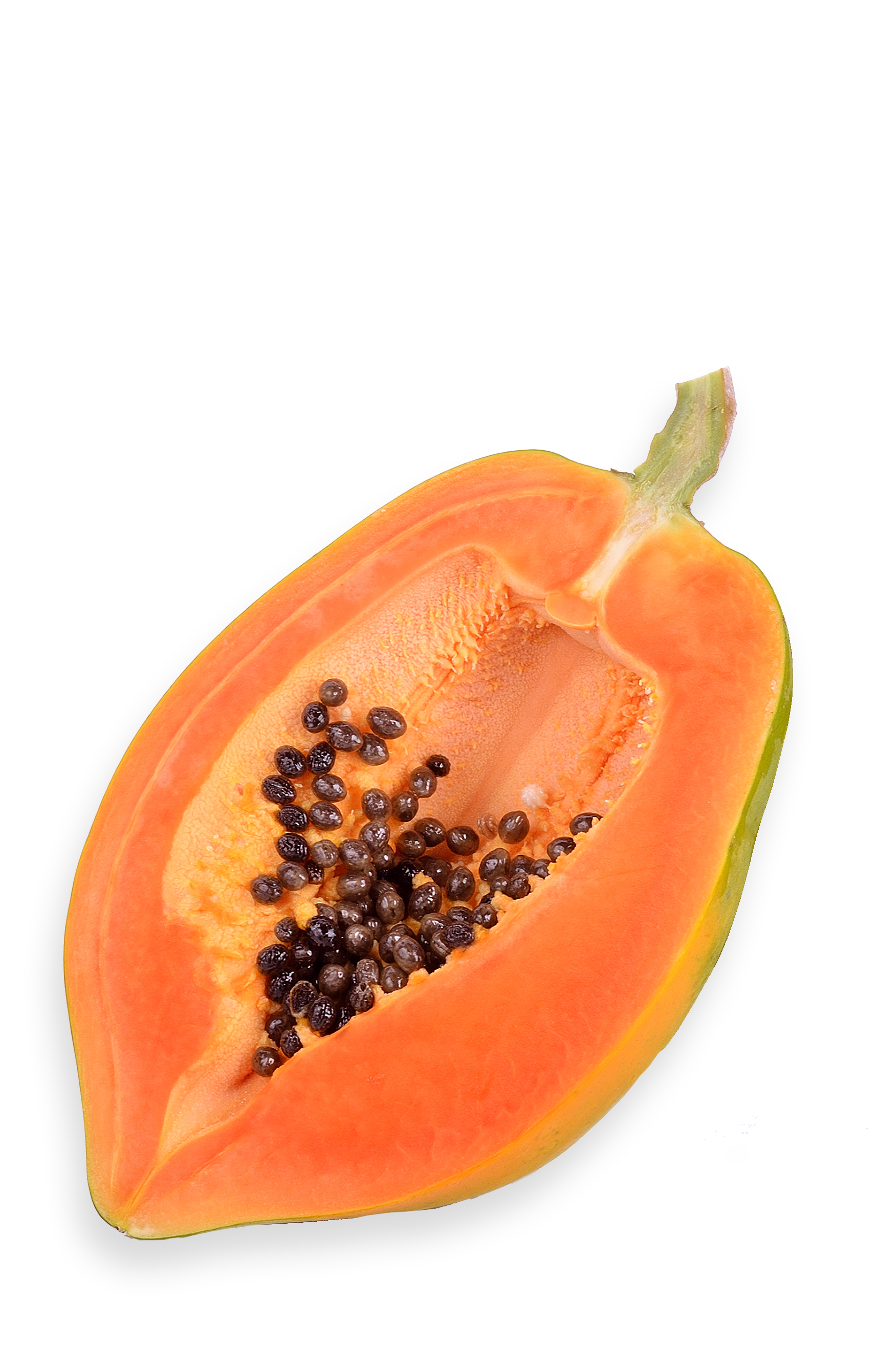Introducing greater tolerance and adaptability to a seed product.
Unlocking Hidden Potential
Biotechnology and GMOs
Humans have been using plant breeding techniques to improve our food and crops for thousands of years. Farmers and scientists have been using traditional plant breeding to create plants that have beneficial characteristics, like drought tolerance. In the 1980s, scientists began using biotechnology, a method of transferring genes directly into a plant without the long process of trial and error. These products are called genetically modified organisms, or GMOs.
Unlocking Hidden Potential
Biotechnology and GMOs
Humans have been using plant breeding techniques to improve our food and crops for thousands of years. Farmers and scientists have been using traditional plant breeding to create plants that have beneficial characteristics, like drought tolerance. In the 1980s, scientists began using biotechnology, a method of transferring genes directly into a plant without the long process of trial and error. These products are called genetically modified organisms, or GMOs.
At Monsanto, when we say “GMO,” we’re talking about seeds.
Our scientists work to identify genes that have the potential to benefit a plant grown by farmers. When they identify a potentially beneficial gene, plant scientists make a copy of the desired gene, and insert it into another plant. Each new GMO undergoes years of testing to ensure that it brings value to farmers and is as safe as the non-GMO counterpart—on average, it takes 13 years and costs $130 million to bring a GMO to market.
At Monsanto, when we say “GMO,” we’re talking about seeds.
Our scientists work to identify genes that have the potential to benefit a plant grown by farmers. When they identify a potentially beneficial gene, plant scientists make a copy of the desired gene, and insert it into another plant. Each new GMO undergoes years of testing to ensure that it brings value to farmers and is as safe as the non-GMO counterpart—on average, it takes 13 years and costs $130 million to bring a GMO to market.

Developing a GMO Seed
Step 1
The desired trait (like insect pest resistance or drought tolerance) is identified in nature.
Step 2
A copy of the gene for the trait is transferred into a plant.
Step 3
The plant is tested to ensure that it is safe for people, animals, and the environment.
Step 4
After years of additional testing and reviews by government regulators around the world, the new seeds are approved to be made available to farmers.
Developing a GMO Seed
Step 1
The desired trait (like insect pest resistance or drought tolerance) is identified in nature.
Step 2
A copy of the gene for the trait is transferred into a plant.
Step 3
The plant is tested to ensure that it is safe for people, animals, and the environment.
Step 4
After years of additional testing and reviews by government regulators around the world, the new seeds are approved to be made available to farmers.
Benefits of Growing GMO Crops
If you’re wondering why farmers have chosen to grow GMO crops, it helps to consider the challenges they face.
Using Resources Efficiently
Some GMO corn crops can protect harvests in water-limited conditions better than conventionally produced crops. Other GMOs can also promote the use of no-till farming, which keeps more moisture in the soil. No-till also enables farmers to make fewer passes through the field using machinery, which means less fuel used and greenhouse gases emitted.
Fighting Pests and Disease
Scientists are developing crops that look and taste the same as their non-GMO counterparts, but are resistant to insects and plant-specific diseases that can impact a farmer’s harvest. Plants with traits that protect roots from insect damage have an additional benefit of using water more efficiently.
Conserving Natural Habitats
GMO seeds can help farmers around the world meet the increasing demand for food by helping them make the most of their existing arable land, thus enabling them to preserve nearby habitats.
Which Crops Are GMOs?
GMOs are imported, grown, and/or field-tested in more than 60 countries. There are 10 commercially available crops grown from GMO seeds in the U.S.:
- Corn
- Soybeans
- Cotton
- Alfalfa
- Sugar Beets
- Canola
- Squash/Zucchini
- Papaya
- Potato
- Apple
Some other foods you might recognize in the grocery store are the result of traditional plant breeding and are not GMOs:
- Seedless watermelon
- Grape tomatoes
- Tangelos
- Broccolini
- Baby carrots
Regardless of whether they are GMOs, virtually all of the produce in a grocery store has been modified by humans to improve taste, quality, and utility.
Which Crops Are GMOs?
GMOs are imported, grown, and/or field-tested in more than 60 countries. There are 10 commercially available crops grown from GMO seeds in the U.S.:
- Corn
- Soybeans
- Cotton
- Alfalfa
- Sugar Beets
- Canola
- Squash/Zucchini
- Papaya
- Potato
- Apple
Some other foods you might recognize in the grocery store are the result of traditional plant breeding and are not GMOs:
- Seedless watermelon
- Grape tomatoes
- Tangelos
- Broccolini
- Baby carrots
Regardless of whether they are GMOs, virtually all of the produce in a grocery store has been modified by humans to improve taste, quality, and utility.
Are GMOs Safe?
We place the highest priority on the safety of our products.
GMO seeds have been safety tested more than any other crop in the history of agriculture. Regulatory authorities have concluded that GMO crops are as safe for humans, animals, and the environment as non-GMO crops.
World Health Organization
“GM foods currently available on the international market have passed safety assessments and are not likely to present risks for human health. In addition, no effects on human health have been shown as a result of the consumption of such foods by the general population in the countries where they have been approved.”
National Academy of Sciences
“...the study committee found no substantiated evidence of a difference in risks to human health between currently commercialized genetically engineered (GE) crops and conventionally bred crops, nor did it find conclusive cause-and-effect evidence of environmental problems from the GE crops.”
Giving Farmers Options
Every field and growing environment is different, each with specific challenges for farmers. GMOs are a good fit for addressing some of these specific challenges. Our customers have choices, and they choose the right seeds for their land based on market demand and growing conditions.
All Innovations
-
Unlocking Hidden Potential
-
 Biotechnology & GMOs
Biotechnology & GMOs -
 Plant Breeding
Plant BreedingMerging plant genetics for improved yield, water efficiency, and more.
-
-
Conceiving New Growing Tools
-
 Agricultural Biologicals
Agricultural BiologicalsUsing naturally-occurring microbes to benefit the soil and seed.
-
 Crop Protection
Crop ProtectionGuarding plants from disease, weeds, and pests.
-
 Data Science
Data ScienceMeasuring the health of plants, available natural resources, and the efficiency of a farm.
-
-
Envisioning the Future of Farming
-
 Research & Development
Research & DevelopmentDiscovering innovative solutions to challenges big and small, helping farmers grow more sustainably.
-
 Modern Agriculture
Modern AgricultureEvolving the approach to agricultural innovations and farming practices that helps farmers increase efficiency
-









